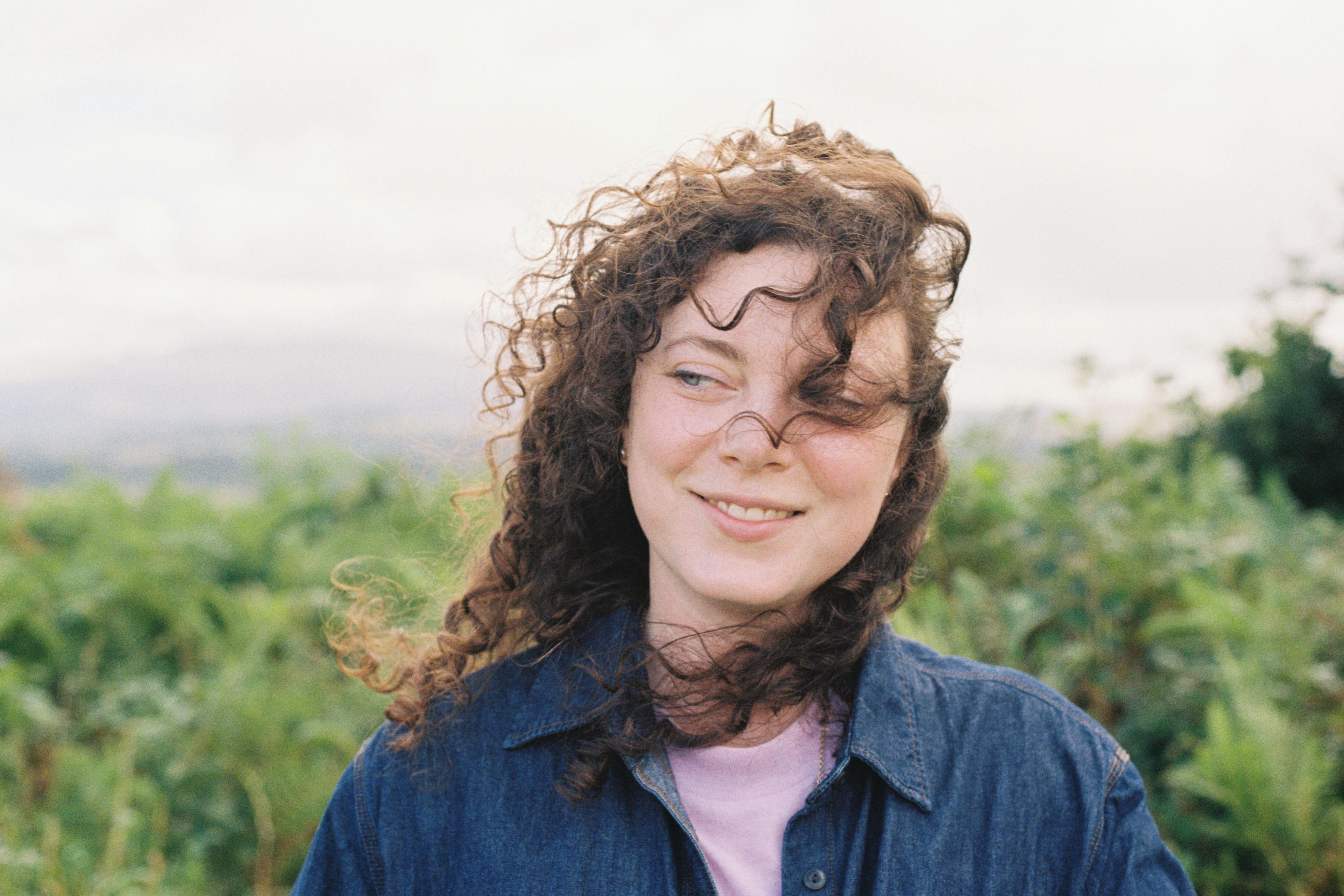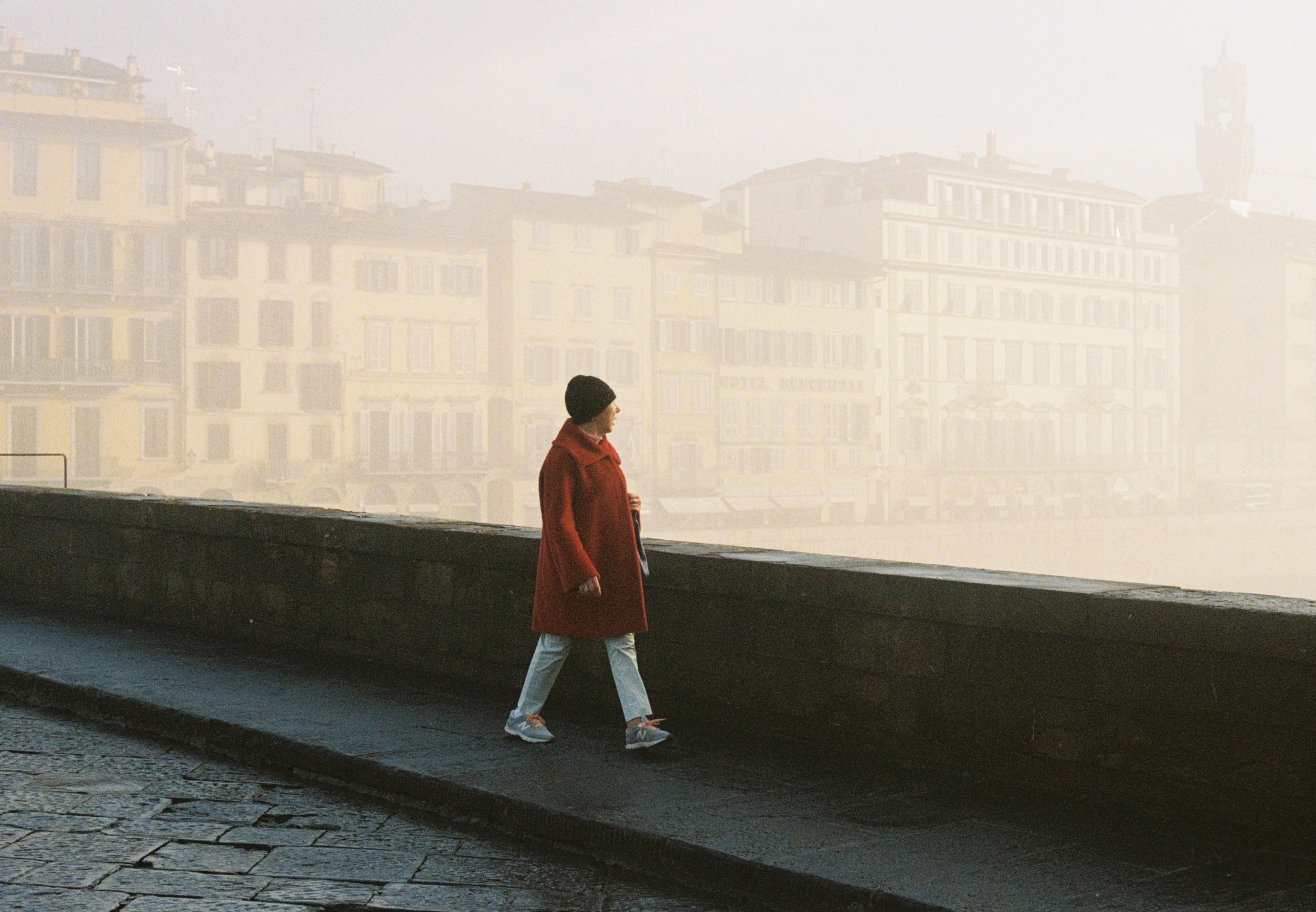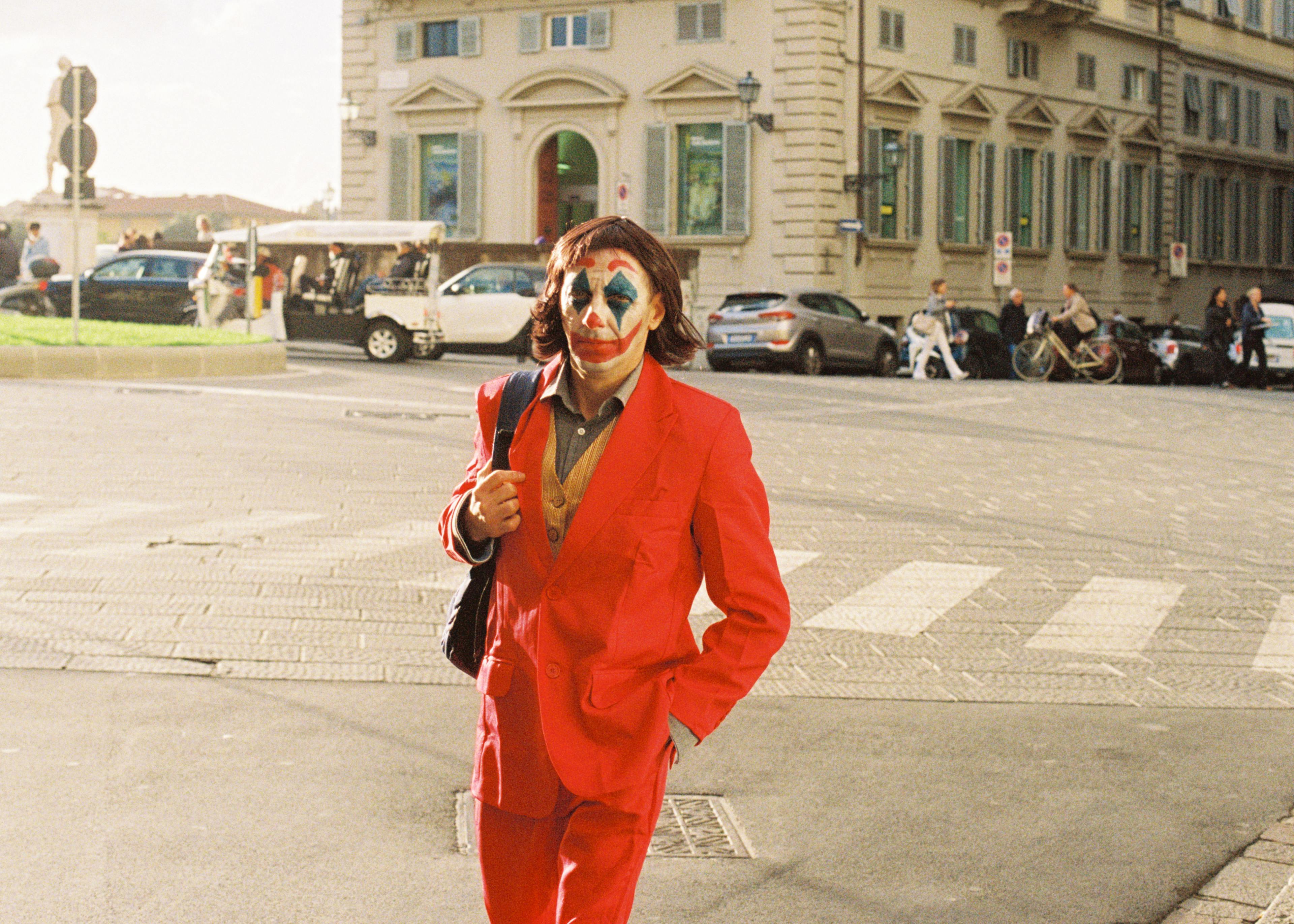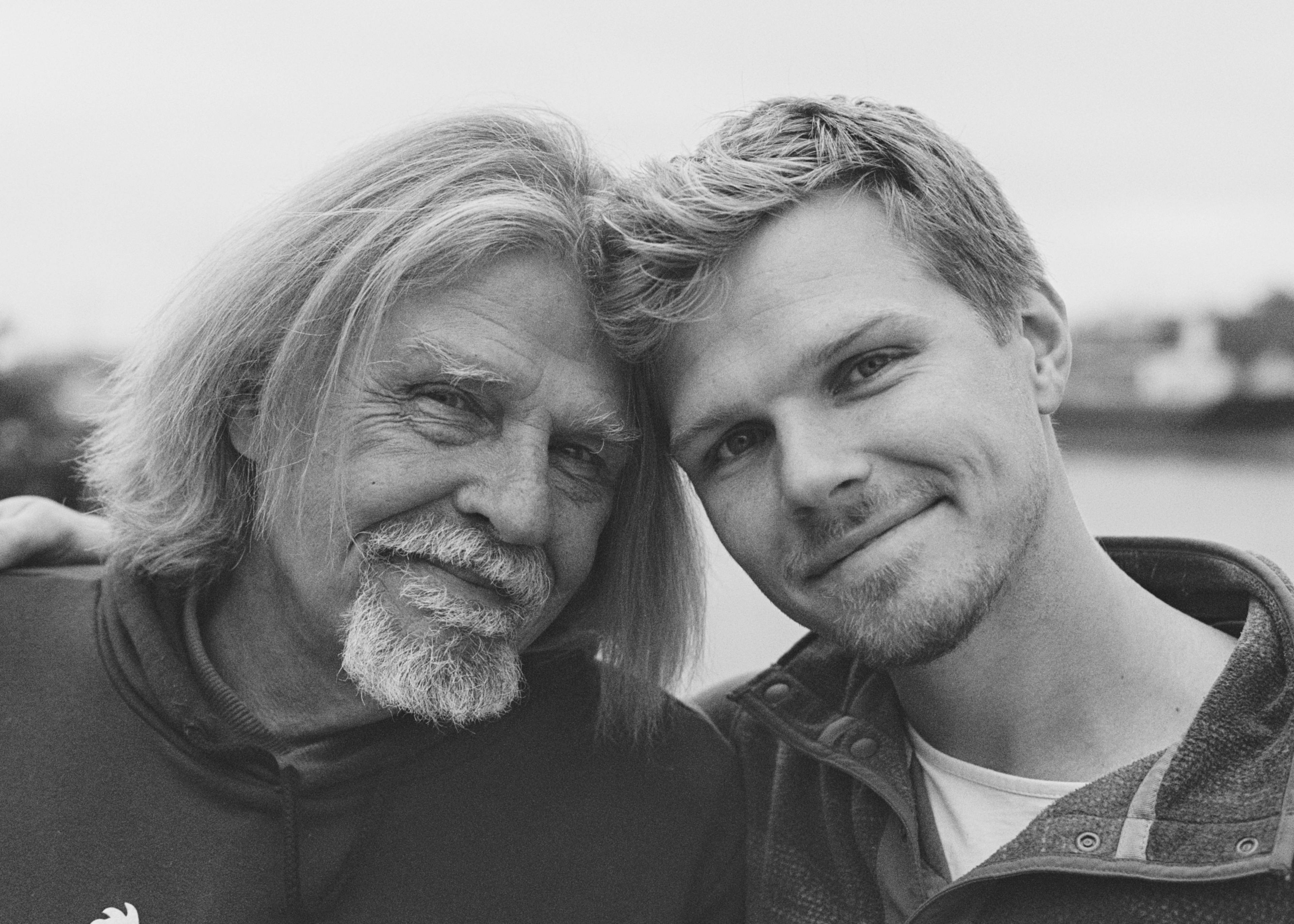
How to Choose the Right Camera Film
What I've learned about film stocks after two years of shooting.
I've been shooting film regularly for two years now, so I've acquired some experience with different film stocks. My brother and his fiancee have asked me to do engagement photos for them, so I'm feeling the pressure to choose the right film stock for the occasion. In all likelihood, we'll do a golden-hour photoshoot in the Tuscan countryside with rolling hills or medieval buildings in the background. I want a film that will do justice to the beautiful environment as well as my photogenic family members.
After doing some research, I decided to try Cinestill 400D, Kodak Ektar, and Kodak Portra 400.
That rabbit hole led me back to my own photos. Much to my own amazement, I've shot about 60 rolls of film since March 2022. (Let's not do the math on the cost of that.) I've done a decent job of tagging almost every roll with the camera and film stock.
Now that I'm trying to choose a film, I decided to review my photos by film stock. Here are my impressions.
Kodak Gold 200
Beautiful budget film for sentimental snapshots.

I love this film. When I started shooting film again in March 2022, I bought Kodak Gold because it was the cheapest. But it has this rich, nostalgic feeling that really embodies the spirit of film photography. The warm vibe of Kodak Gold is so particular that a friend of mine was able to guess the film stock based on warm highlights in one of my photos.

Looking through my own photos, I think Kodak Gold really shines for candid portraits.
It's not great for greenery — the warm hues make nature look a little muddy. Overall, the colors are not very true. It's really a film for photographing people and it brings out beautiful skin tones.
It's also not great for wide or distance shots, because the detail gets lost in the grain.

I haven't had any difficulty with exposing Kodak Gold. I feel like it has great latitude, so snapshots almost always turn out great.
Overall, I feel like this is a great film for capturing memories, especially close up.
Fuji 400
Stunning colors in the right conditions.

I found this film for a great price at Walmart last summer and I bought a lot. Like maybe fifteen rolls. Since I love the warm, sentimental feeling of Kodak Gold, I have a bias against Fuji 400. It feels more cool and distant. The skin tones aren't always as nice.

I also find this film is a little finicky. It wants beautiful, soft light. Otherwise, I find it really struggles. If the light is too contrasty, it loses the lowlights and the highlights and just looks kind of muddy. If the light is too even, it has no contrast.

Having said that, in good light this film is really beautiful. It is crisp with beautiful colors. If Kodak Gold feels nostalgic, I think Fuji 400 feels modern.
Kodak Portra 800
The champion for action shots.

Last year, I splurged on some Portra 800 for street photography. This is the top-tier high-speed film. As far as I know, no other 800 speed film compares for quality. And, having tried it out, I think that reputation is deserved. For action shots, this film is stunning.
My street photos with Portra 800 are sharp with nice colors and good skin tones. The film has a lot of latitude, so even strongly backlit photos can still retain some color and detail in the shadows. This makes it excellent for shooting in sticky street conditions.

Having said that, I don't have a great feeling about Portra 800 for portraiture. In up-close portrait shots, I find the skin tones are a little off and the detail is a little disappointing. And I think that there's a very good reason for that: Portra 400 is a much better portrait film. If you're shooting portraits, there is no reason to use Portra 800. It is bound to be grainier and more expensive. 800 is designed for actions shots in dynamic situations, so there's no reason to expect it to deliver an amazing portrait.
Kodak Portra 400
Beautiful portraits.

This was a surprise for me. The 400 speed is a crowded market. I can get a roll of Ultramax or Fuji for cheaper, or I can get a more playful film like Cinestill 400D for around the same price. Why would I spend the money on a top-shelf film that doesn't have much character of its own?
Obviously I've answered my own question. Looking through my own photos, this is clearly a top-shelf film. It's sharp, it has nice colors, it has lots of latitude, and it offers great skin tones. In poor light, it still manages to offer some contrast and detail.

I think this film still has a bit of a warm cast and I don't find the colors pop with saturation the way Fuji films do.
Kodak Ultramax 400
A middle-of-the-road standard.

This is the budget alternative to Portra 400, and I wish I had something more interesting to say about it. It's good. It's not as cheap as Kodak Gold, which I love. I don't think it handles colors as well as Fuji. I find it a little cold relative to other Kodak films. It's not as sharp or versatile as Portra 400.

Nonetheless, it is quite good. It is relatively sharp, it has nice colors, it does okay skin tones. Like Fuji 400, it really performs best in ideal conditions. Overall, I just find it a little underwhelming.
Black and white

I don't shoot a lot of black-and-white. I consider it a skill issue. Black-and-white demands a patient attention to lighting that I still haven't developed. I often rush to take photos in light that is too drab or too strong. If the colors are nice, this can actually work on a good film. Black-and-white won't let you hide behind colors. A drab scene becomes all grey.

Having said that, whenever I've patiently shot in proper lighting on black-and-white, I've come away with some really stunning photos. I've used Kodak Tri-X, Ilford HP5, and Ilford XP2. Al of them have been great, with beautiful monochrome skin tones, great detail, and gentle contrast.
I prefer Ilford XP2 because it uses C41 processing, which means you can process it like color film. At many film labs, that's faster and cheaper than standard BW film processing. So, having mostly defaulted to XP2, I've been very happy with the results — especially for portraits in soft directional light.
Others
This isn't comprehensive. I recently shot a role of Fuji 200, which reminded me of Fuji 400 but with (obviously) finer grain. I also shot a role of Cinestill 800T, which was a very fun experiment, but not really comparable to these films. I've tried shooting some expired films, with relatively consistent results: they're underexposed with low contrast, faded colors, and a cold tint.
I'm currently shooting a roll of Harman Phoenix and a roll of Kodak Ektar. The Phoenix, like the Cinestill, is exciting because it will likely produce some dramatic tints and a bit of halation (the glow around bright lights), which is a halmark of film photography and a cool vibe. I expect the Ektar will give nice colors for street snapshots, though some people say it can make light skin a little garish.
I also bought some Kodak Portra 160 and Cinestill 400D, which I plan to shoot soon. I'm optimistic about the Cinestill 400D.
In general, I'll shoot with whatever I can get my hands on easily and (where possible) cheaply. But, reviewing the evidence, my favorites are: Kodak Gold (for snapshots), Kodak Portra 400 (for portraits), Fuji 400 (for colors), and Ilford XP2 (for black and white).